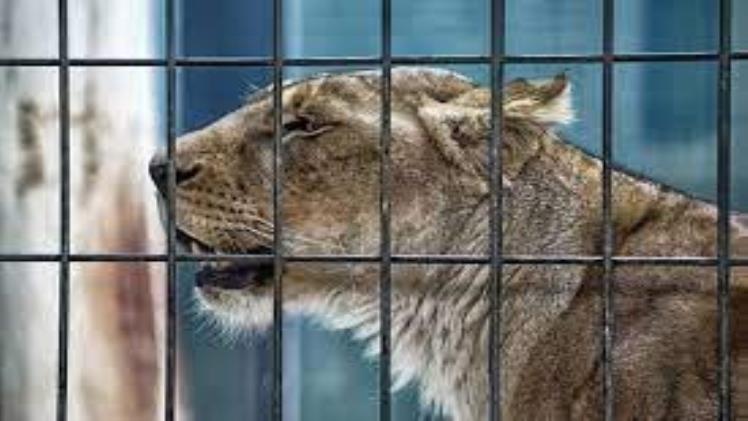Animal Captivity

Animal captivity is the practice of keeping captive wild animals in various venues, such as zoos or circuses. It is a widespread practice around the world and causes great suffering to these poor creatures.
Zoos are hubs for animal species to live and interact. Additionally, they serve as important research facilities and breeding programs for endangered animals.
Zoos offer people a close up view of animals and educate about them. Many zoos play an important role in conservation efforts, often serving to reintroduce native species back into their natural environments.
Zoos often house dangerous or difficult-to-keep animals due to their natural danger or difficulty keeping them as pets. Examples include lions, tigers, bears, ocelots and nonhuman primates like chimpanzees.
Zoos cannot replicate natural environments, making it impossible for them to replicate the animal behaviors that make these species special. Behaviour is an integral part of learning and adapting to one’s environment, making it essential for zoos to preserve these traits in their captive populations.
Zoos employ captive breeding programs as a way of conserving animals, but this practice can have negative consequences for their health and welfare. They may cause animals to become “surplus” and unable to reproduce, leading to miscarriages or births that the mother does not want.
Zoo breeding programs should be guided by scientific principles and monitored for animal welfare by veterinarians. Furthermore, sufficient space must be provided so the breeding animals can reproduce in a healthy environment.
Breeding animals should be monitored and cared for by an experienced animal management team that includes veterinarians and other trained personnel to monitor their health, faecal conditions, food intake and behavioral responses to stimulation. Furthermore, this team should guarantee the animals a clean environment which is well ventilated and lit to breed in.
Quarantine is the process in which new animals are quarantined before being accepted to a zoo. During this period, separate keepers monitor each animal closely for signs of stress or disease and are trained in recognizing feed intake patterns and faecal characteristics.
During quarantine, animals should only be accessed by essential staff and their enclosures should be cleaned and sanitized to prevent diseases. Once moved to their new areas, all quarantined animals should receive a comprehensive vaccination as well as an extensive health screening.
Zoos should provide a healthy and stimulating environment for all their animals. This could include outdoor areas, indoor exhibits and displays, as well as indoor pools. Click here to know all About Lifestyle
When providing animals with a secure and stimulating environment is not feasible, they should be relocated to more suitable settings such as outdoor savannas or forests, or indoor aquariums.
Some countries, such as India, have declared zoos to be illegal. Other nations, like the United Kingdom, have announced plans to phase out circuses featuring wild animals by 2020. Click here to know all about Social News
